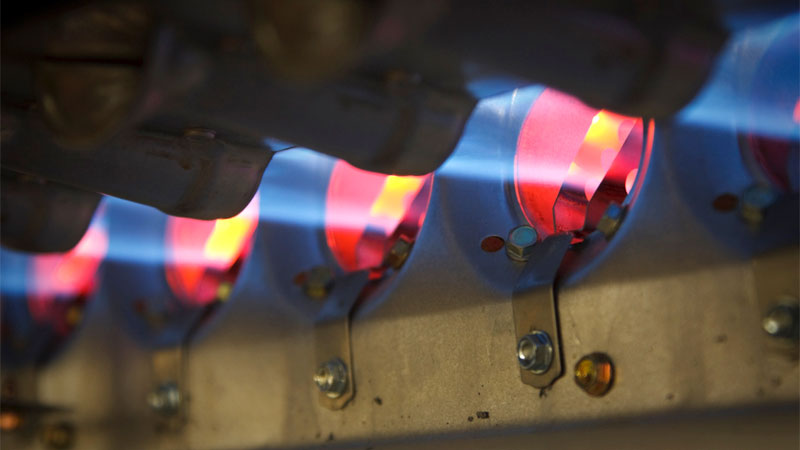Buying a furnace can be a lot more complicated than it first seems. Not only are furnaces often divided into the three most popular fuel types (electric, natural gas, and propane), but there are literally dozens of different designs and features. Even more confusing (and fascinating) are the many alternative fuel types and industrial-grade furnace types out there.
Here are 28 different types of furnaces to give you a feel for the many different designs available.
Types of Furnace
1. Bell Furnace
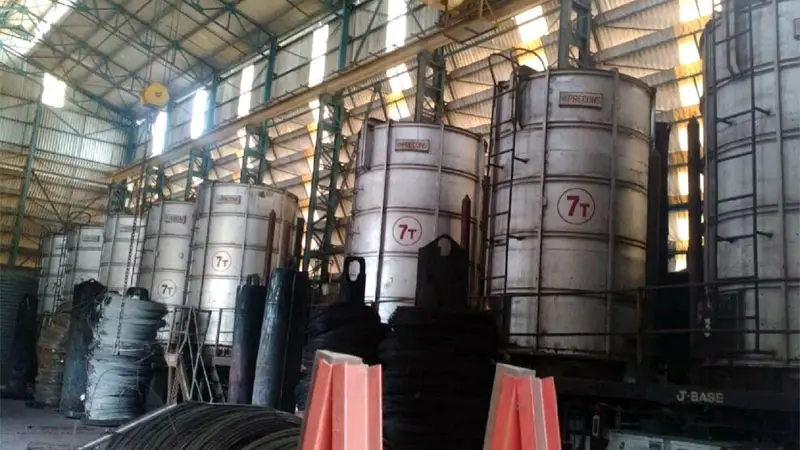
Fueled by electricity, natural gas, or thermal recirculation, these dome-lidded industrial furnaces are most often used to anneal, normalize, stress relieve, and temper steel plate-formed parts.
2. Blast Furnace
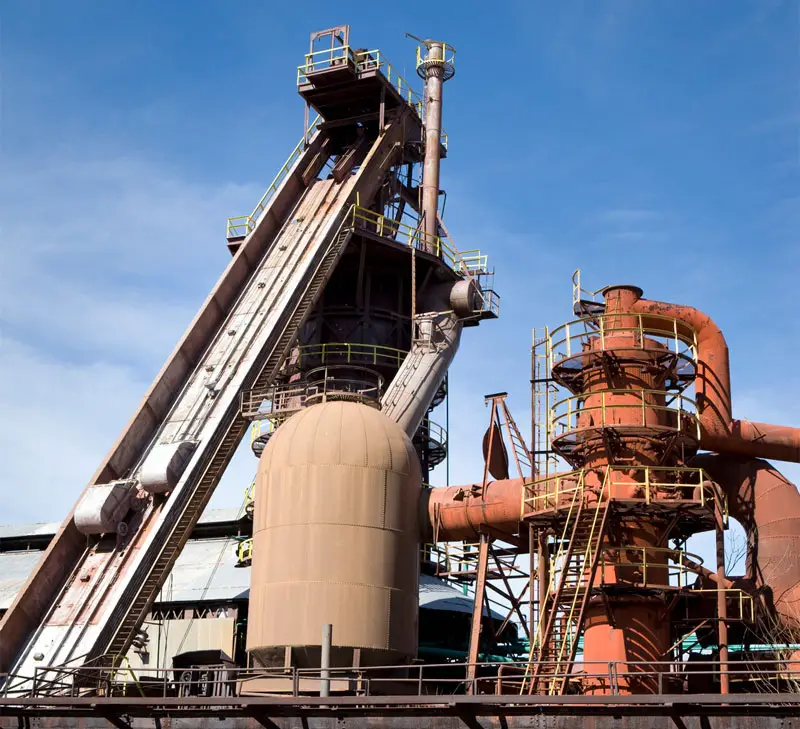
A blast furnace is a massive, steel stack lined with refractory brick that houses a preheated air stream at the top. Iron ore, coke, and limestone are dumped into the top of the device and cooled before being introduced to the bottom. The final product of liquid slag and liquid iron is produced after 6 to 8 hours.
See Also: 15 Types of Cement
3. Box Furnace
These electric or gas-fueled furnaces can handle heavy loads and have vertical lifts or swing-open doors. They’re used in industrial and laboratory settings for numerous tasks, such as calcining, curing, heat-treating, preheating, and tempering.
4. Coal Furnace
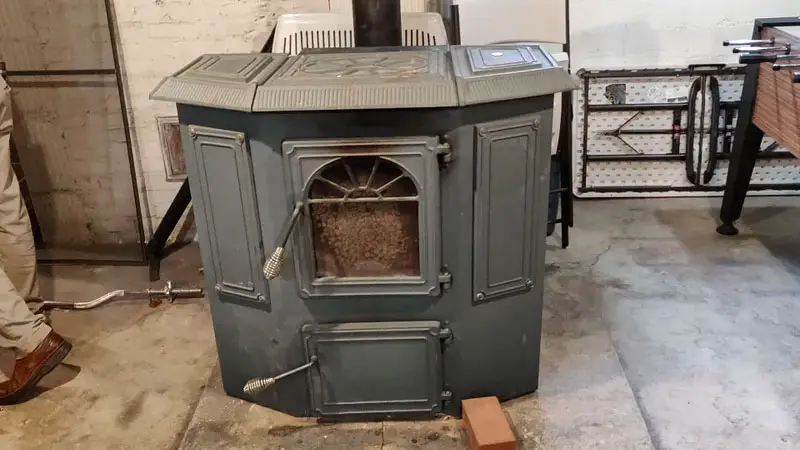
Most old houses still have the remains of a coal chute, even though it’s getting quite rare to see coal furnaces anymore. Modern coal fuel is anthracite coal, which produces high heat levels without the soot and smoke common bituminous coal is known for.
Likewise, the modern coal furnace is quite efficient and easy to maintain – although you will need to scoop out the ashes every once in a while.
5. Condensing Furnace
This design type has a lot of additional features, such as a combustion area, draft inducer, and secondary heat exchanger. These help to ensure fresh air gets piped into the furnace, while exhaust heat is filtered from any water vapor or other chemicals and piped into the rooms.
6. Downflow Furnace
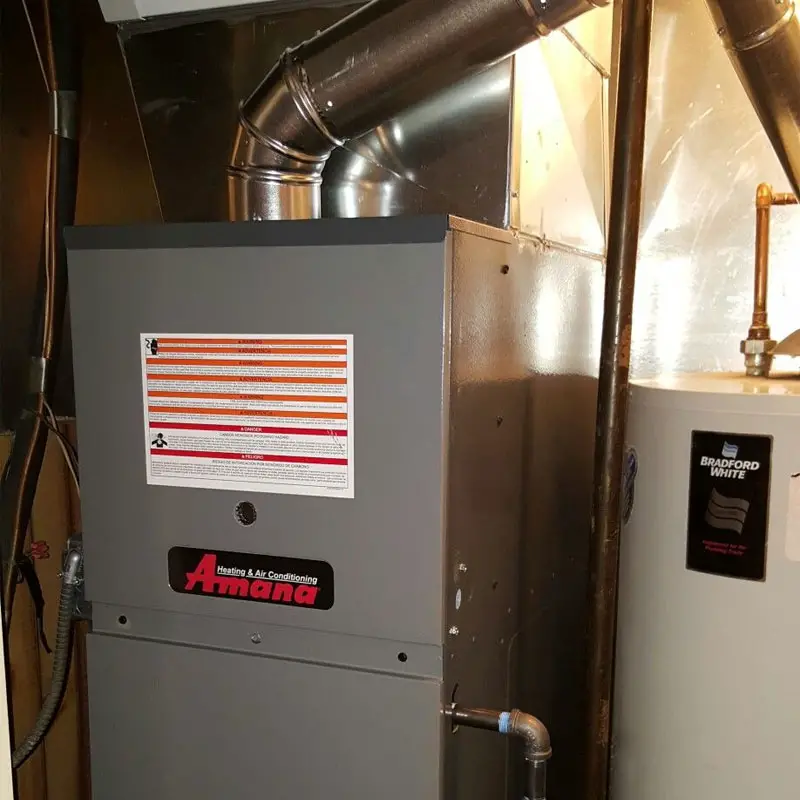
These furnaces draw air in through the top of the furnace, pulling it down and releasing the heated air through the bottom. This design is most often found in attics or other locations where the ductwork is beneath the furnace.
7. Dual Fuel Furnace
These are some of the most efficient furnaces on the market, although the initial setup can be costly. During the warmer months, a heat pump transfers warmer outdoor air inside, where an air handler sends it across a hot refrigerant and a fan distributes the air throughout the house.
As the outdoor weather cools, the furnace switches to natural gas to ensure the home remains evenly warm.
8. Electric Furnace
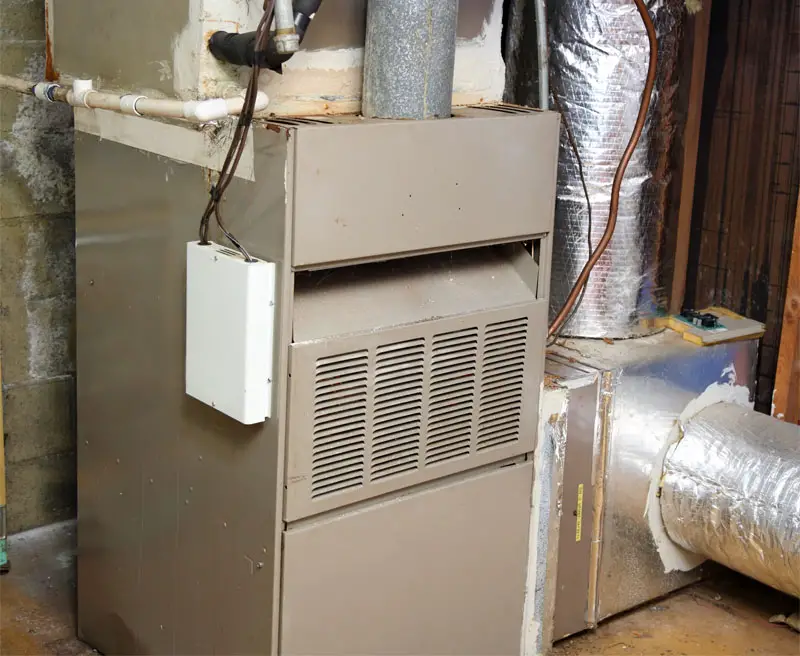
Electric furnaces are considered by some to be the most cost-efficient in certain applications, especially when it comes to installation. These furnaces don’t require the addition of gas lines and won’t give off any toxic fumes or produce carbon monoxide.
Their fairly inexpensive maintenance and installation cost makes electric furnaces incredibly popular in poorer households.
See Also: 13 Types of Urinals
9. Forced Air Furnace
Popular in the 1950s-1960s, the forced air furnace was designed to be more efficient than natural draft furnaces by including their own blowers. The design was bulky and made of steel, but worked well as an upgrade for natural draft furnaces.
10. Forced Draft Furnace
This design was meant to be a further step up from the forced air design and featured a multi-speed blower and steel heat exchanger. They’re able to produce comparable heat while having a more compact design and improved user control, making them a design type that continues to be popular.
11. Forging Furnace
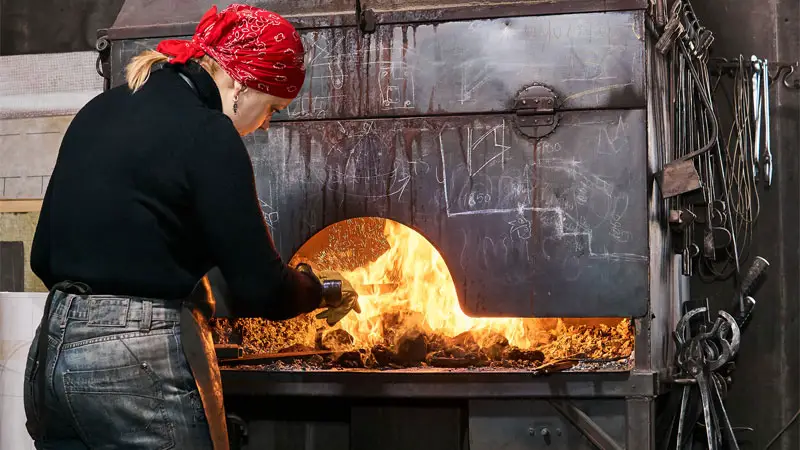
Used in metalsmithing, the forging furnace resembles a brick oven into which a piece of metal can be thrust to prevent it from hardening or to prepare it for forging on an anvil.
Read Also: 7 Types of Magma
12. Horizontal Furnace
Designed to fit shorter spaces, horizontal furnaces can be upflow or downflow and save space by lying on their side. The cool air enters one side, while the heated air exits from the opposite side.
13. Modulating Furnace
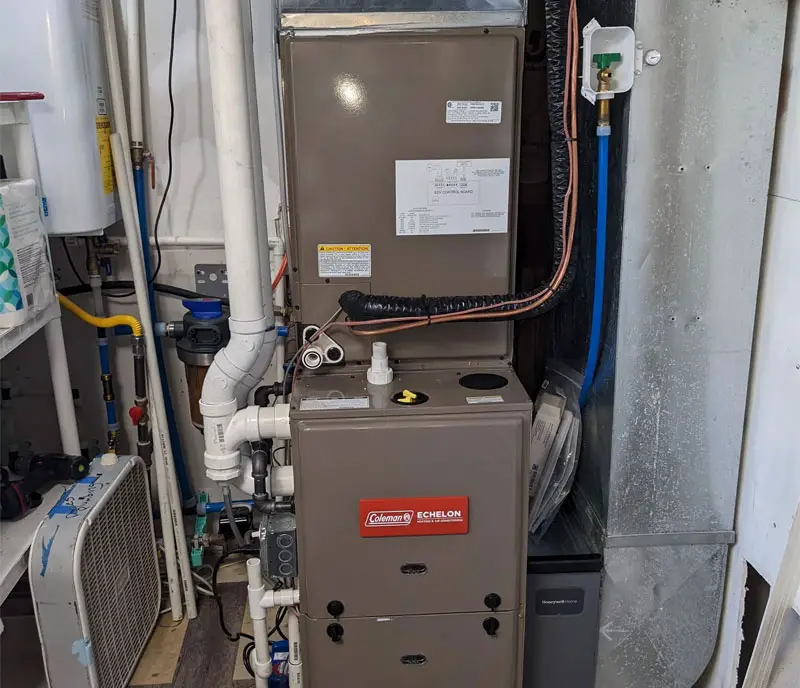
This furnace design type is most often found in areas with long, harsh winters where the furnace needs to run for extended periods of time. They adjust the heat output to ensure your home has the optimal levels at all times, making them highly efficient, but also quite expensive to install.
14. Natural Draft Furnace
This is one of the oldest furnace designs, but is still in use in much of the world. A prime example of a natural draft furnace is a fireplace. Fuel is burned to produce heat, but without an added blower, the heat often simply escapes through the masonry chimney.
Gas versions use a thermostat to control temperature, whereas wood or coal produces heat based on the amount of fuel present.
15. Natural Gas Furnace
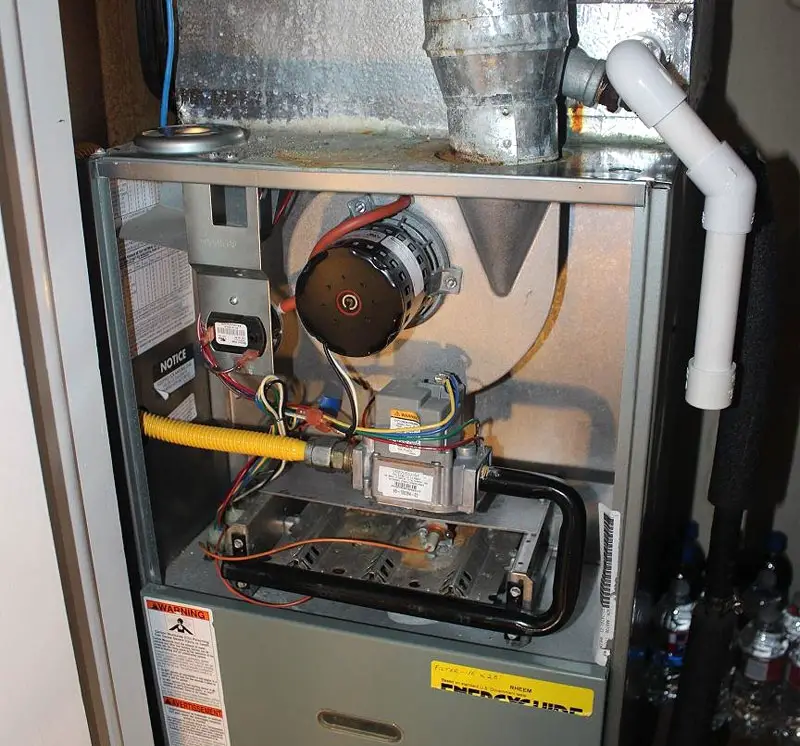
One of the most popular fuel types in modern furnaces, natural gas furnaces are fairly cheap and easy to maintain. In most cases, natural gas furnaces are cheaper to run than electric models.
Unlike other fuel types, natural gas is highly efficient and produces very little pollution.
16. Oil-Fired Furnace
Oil is still used as fuel for furnaces in some places, but oil-fired furnaces can be expensive to run and maintain. The filters need to be replaced frequently and fuel has to be delivered to the home.
This can make oil-fired furnaces a poor choice for most people, although they can be a good alternative for those too far from the grid to use electric or natural gas.
17. Pit Furnace
Sometimes referred to as top-load furnaces, these are heated via electricity or natural gas. They can be found in many industries, such as aircraft manufacturing, automotive, machine building, and mining.
18. Propane Furnace
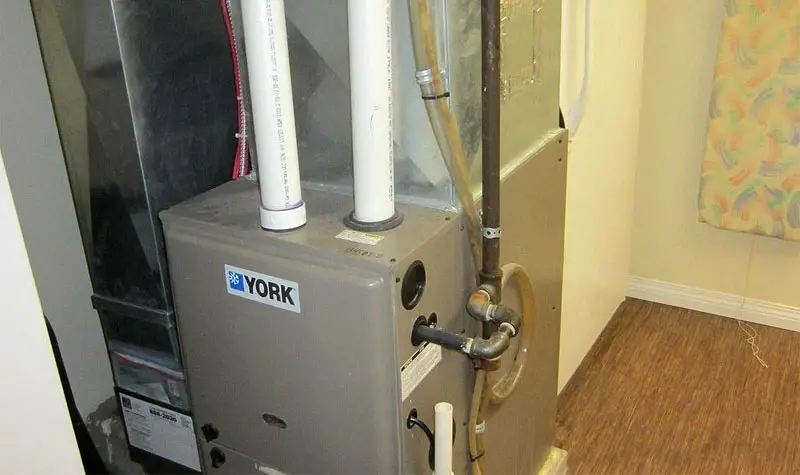
One of the four most common types of furnace fuel, propane furnaces are often found in mobile homes, RVs, cabins, and rural areas without natural gas access. Their independence from gas lines makes them usable anywhere.
And unlike oil furnaces, you can simply refill or swap out the tank as needed. What makes propane furnaces even more desirable is the fact that they can be converted to natural gas lines with minimal effort while still managing to be among the most efficient furnaces out there.
19. Quenching Furnace
Used for creating gears, fasteners, components for agricultural machinery, and other often delicate petal pieces, these furnaces have an enclosed heating chamber to allow strict control over the temperature.
It can cool items quickly and evenly during the quenching phase, allowing them to then be tempered, if needed.
20. Rotary Furnace
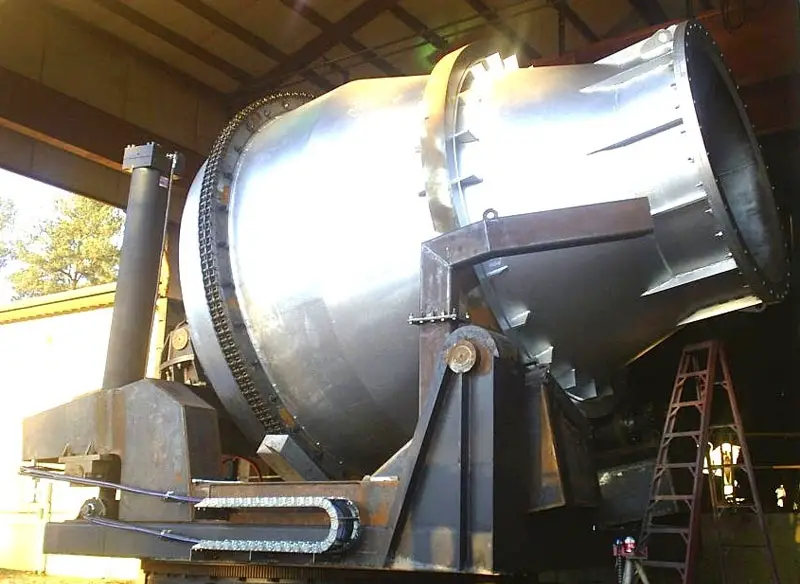
Used primarily for calcination and oxidation, this industrial furnace is shaped like a large steel barrel, which is then mounted on a drive. Heat is created using either electricity or natural gas, and the barrel is rotated continually during the heat treatment. To mix the materials, the furnace can be tilted during the process.
21. Sealed Combustion Furnace
These furnaces are sealed to prevent the escape of carbon monoxide while also retaining heat for longer periods of time. Another benefit of sealed combustion is a higher energy efficiency.
22. Single-Stage Furnace
This gas-powered furnace design has a single gas valve which allows gas to flow at a high rate. They’re noisy and hardly the most efficient, rating around 80% annual fuel efficiency, but can put out hot air fast to keep you warm in mild climates.
23. Smart Furnace
Smart furnaces have the ability to divide your home into various zones and maintain even temperatures in each zone. Their digital controls can be monitored and interacted with from any computer or mobile device, allowing you to change the settings remotely.
The furnace’s sensors will also let you know when you need to change a filter or if there’s something that needs to be checked.
24. Tempering Furnace
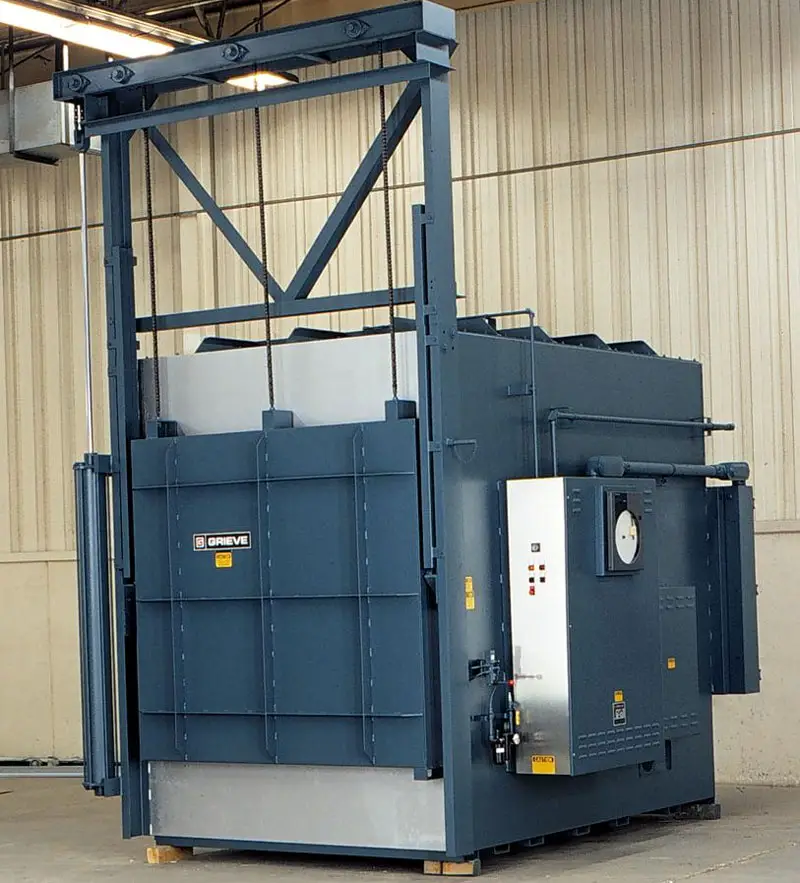
Often used in tandem with quenching furnaces, the tempering furnace is used to heat-treat ferrous metals to boost their toughness. Tempering requires consistent temperatures within the furnace’s chamber, and this furnace type is designed to ensure this consistency.
25. Two-Stage Furnace
While similar overall to the single-stage furnace, the two-stage (sometimes called a dual-stage) design allows for a low and high-power setting. The thermostat directly communicates when the valve needs to open or close to regulate heat production.
These run at around 90% fuel utilization efficiency and include an extended heating cycle to help ensure better air distribution.
26. Upflow Furnace
These furnaces draw fresh air from the bottom, up through the furnace, and out the top. This configuration works well with existing ductwork and can often be found in basements or furnace cabinets.
27. Waste Oil Furnace
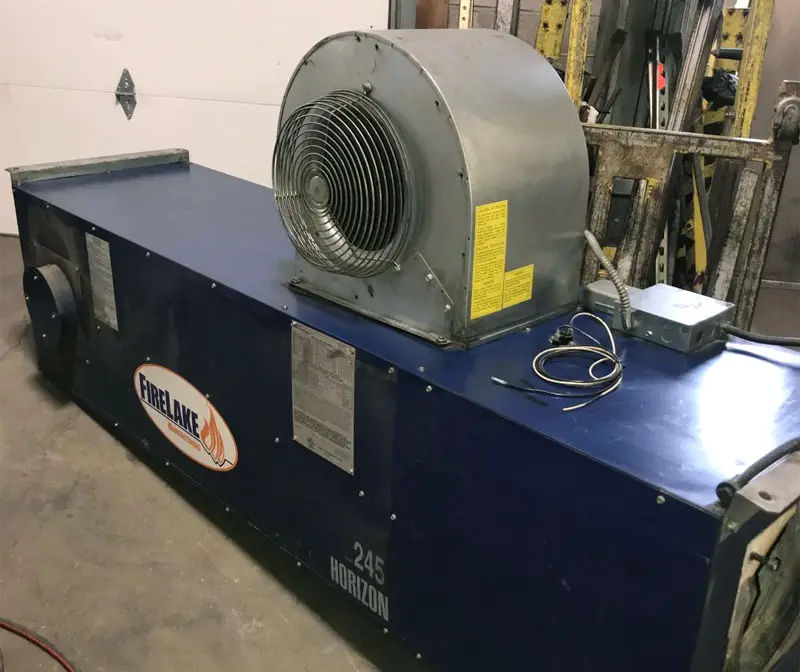
If you don’t mind an intense craving for fries, waste oil is a great fuel option. These furnaces can burn used vegetable or automotive oil to produce heat.
Properly maintained, they can last up to 25 years. However, many regions regulate the use of this furnace type due to the risk of some motor oils and other fuels containing dangerous pollutants, such as chromium or PCBs.
28. Wood-Burning Furnace
Thoughts of wood-burning furnaces likely invoke an image of pot-bellied stoves, but they are actually quite efficient and easy to use. As long as they are kept rust-free and clean, a wood furnace will last for decades using fuel that, for many, is literally just lying around.

